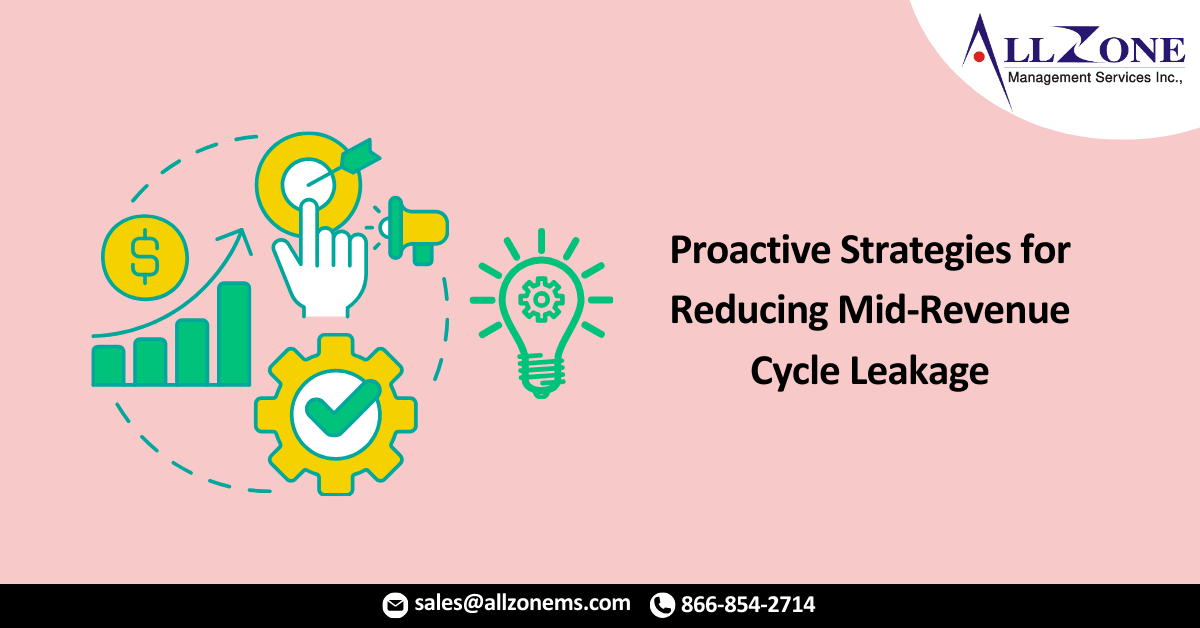Educated guesses and imprecise, stopgap efforts aren’t enough. Revenue cycles need precise strategies to identify exactly where leakage occurs and implement solid processes to stop leakage before it starts.
Even before COVID-19, 250-bed hospitals lost $4.7–$11 million a year from mid–revenue cycle leakage. Now, pandemic-fueled volume losses and razor-thin margins mean that hospitals can no longer afford to lose even a single dollar of earned revenue.
Educated guesses and imprecise, stopgap efforts aren’t enough. Revenue cycles need precise strategies to identify exactly where leakage occurs and implement solid processes to stop leakage before it starts.
Often, leakage can be traced back to physician orders and documentation.
“One thing that we’re noticing more recently is making sure that we have the correct physician order for the level of care that’s being provided. I think what’s happening now with physicians is a lot of cutting and pasting of information,” says Gerilynn Sevenikar, vice president of revenue cycle at Sharp HealthCare in San Diego, California.
Jason Driskell, vice president of revenue cycle at Lakeland Regional Health in Lakeland, Florida, agrees, noting that often, physician documentation is “not where it needs to be.”
“They’re not articulating well enough, and we are seeing the copy-and-paste problem as well, especially when you’re comparing what a consult may say compared to what the hospitalist is actually treating. The copied and pasted information from the hospitalist is at times in stark contrast to what the other physician has actually dictated. Now, the clinical documentation specialist sends even more queries to achieve an accurate record,” he says.
Technology can help in many ways.
First, it can help revenue cycles pinpoint where leakage occurs.
For instance, Iodine Software’s analyses show that leakage often occurs at “the decision to query by the clinical documentation integrity specialist (CDIS),” says Troy Wasilefsky, chief revenue officer for Iodine Software in Austin, Texas.
“When you dig into why CDIS aren’t querying, often they’re unsure of the proper query guidelines and/or documentation guidelines,” he says.
Revenue cycles are also using technology to solve the leakage problems they identify. That’s the case at Baptist Memorial Hospital & Healthcare Services in Memphis, Tennessee, which is testing technology that gives physicians real-time documentation assistance.
They also use another tool that runs every account through a coding algorithm.
“As soon as we implemented it, we found a ton of cases that we were undercoding, which surprised us. We identified some patterns and were able to learn from that and address those patterns of undercoding,” says Ron Wachsman, Baptist Memorial’s vice president of finance.
Health systems are also taking other approaches to strengthen their CDI programs.
Marvin Mickelson, system director of PFS-shared revenue cycle at the University of Kansas Health System in Kansas City, Kansas, points to the revenue cycle operations analysts in its performance excellence department.
For More Information: Proactive strategies reducing mid revenue cycle leakage 1

